
Kód: 04543370
Mammalian Dispersal Patterns
Autor B. Diane Chepko-Sade, Zuleyma Tang Halpin
Mammalian Dispersal Patterns examines the ways that social structure affects population genetics and, in turn, rates of evolution, in mammalian groups. It brings together fieldwork in animal behavior and wildlife biology with theo ... celý popis
- Jazyk:
 Angličtina
Angličtina - Väzba: Brožovaná
- Počet strán: 352
Nakladateľ: University of Chicago Press, 1987
- Viac informácií o knihe

61.14 €

Skladom u dodávateľa v malom množstve
Odosielame za 12 - 17 dní
Potrebujete viac kusov?Ak máte záujem o viac kusov, preverte, prosím, najprv dostupnosť titulu na našej zákazníckej podpore.
Pridať medzi želanie
Mohlo by sa vám tiež páčiť
-
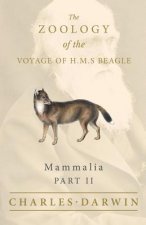
Mammalia - Part II - The Zoology of the Voyage of H.M.S Beagle
27.40 € -
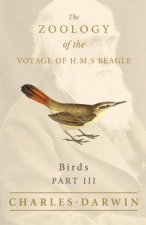
Birds - Part III - The Zoology of the Voyage of H.M.S Beagle
27.40 € -

Tribe
10.22 € -21 % -

Design for How People Think
46.11 € -19 % -

The King of Fighters XIV Ultimate Edition (PlayStation PS4)
36.80 € -
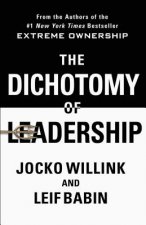
Dichotomy of Leadership
26.78 € -14 % -
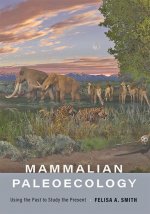
Mammalian Paleoecology
92.03 € -

Dinosaur Art II
32.71 € -23 % -
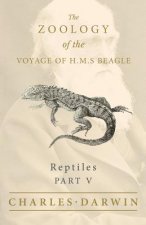
Reptiles - Part V - The Zoology of the Voyage of H.M.S Beagle
27.40 € -
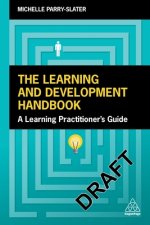
Learning and Development Handbook
47.54 € -
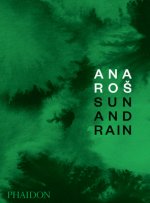
Ana Ros
61.76 € -

Supernatural Spiral Notebook
14.41 € -13 % -

Norma Kamali: I Am Invincible
34.15 € -6 % -
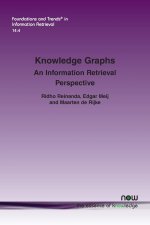
Knowledge Graphs
117.39 € -

1Q84: Book 3
11.14 € -23 % -

Path of Destruction: Star Wars Legends (Darth Bane)
8.17 € -22 % -

GENKI VOL.2 TEXTBOOK (3E ED.)
70.76 € -

The Myth of Sisyphus
8.07 € -
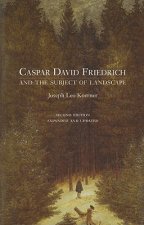
Caspar David Friedrich and the Subject of Landscape
39.26 € -

Application of Artificial Intelligence in Process Control
137.33 € -
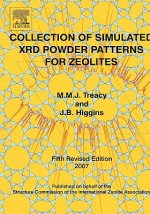
Collection of Simulated XRD Powder Patterns for Zeolites Fifth (5th) Revised Edition
261.89 € -

Dark Threats and White Knights
42.53 € -10 % -
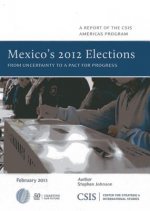
Mexico's 2012 Elections
69.02 € -

House of Five Leaves 1
13.59 € -6 % -

Log Construction
35.58 € -

Ferrari Research Center
39.36 € -4 % -

Advances In Distributed Multimedia Systems
184.68 € -

DBT Skills Training Manual
80.98 € -

Identity Theft
11.75 € -4 % -
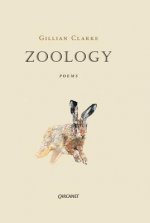
Zoology
12.57 € -13 % -
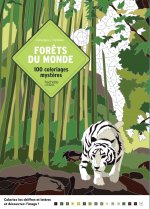
Coloriages mystères Forêts du monde
21.26 € -

IL FISCHIO DEL VAPORE
32.51 € -

Night and Sea - Band 1
7.66 € -

Obawiam się ciebie
6.94 € -31 % -

Sticker-Kreativbuch: Im Zoo
4.90 €
Darčekový poukaz: Radosť zaručená
- Darujte poukaz v ľubovoľnej hodnote, a my sa postaráme o zvyšok.
- Poukaz sa vzťahuje na všetky produkty v našej ponuke.
- Elektronický poukaz si vytlačíte z e-mailu a môžete ho ihneď darovať.
- Platnosť poukazu je 12 mesiacov od dátumu vystavenia.
Viac informácií o knihe Mammalian Dispersal Patterns
Nákupom získate 151 bodov
 Anotácia knihy
Anotácia knihy
Mammalian Dispersal Patterns examines the ways that social structure affects population genetics and, in turn, rates of evolution, in mammalian groups. It brings together fieldwork in animal behavior and wildlife biology with theoretical work in demography and population genetics. The focus here is dispersal--whether, how, and when individuals leave the areas where they are born. Theoretical work in population genetics indicates that such social factors as skewed sex ratios, restrictive mating patterns, and delayed age of first reproduction will lower the reproductive variability of a population by reducing the number of genotypes passed from one generation to the next. Field studies have shown that many mammalian species do exhibit many such social characteristics. Among horses, elephant seals, and a number of primates, the majority of females are inseminated by only a fraction of the males. In pacts of wolves and mongooses, usually only the highest-ranking male and female breed in a given season. Although socially restricted mating tends to lower genetic variability in isolated populations, it actually tends to increase genetic variability in subdivided populations with low rates of migration between subunits. Among some species there is little dispersal and thus little gene flow between subpopulations; other species travel far afield before mating. The contributors to this volume examine actual data from populations of mammals, the way patterns of dispersal correlate with the genetic structure of individuals and populations, and mathematical models of population structure. This interdisciplinary approach has an important bearing on work in conservation of both wildlife and zoo populations, for it shows that the home range and the population size needed to maintain genetic variability can differ greatly from one species to the next. The volume also offers a fruitful model for future research.
 Parametre knihy
Parametre knihy
Zaradenie knihy Knihy po anglicky Mathematics & science Biology, life sciences Zoology & animal sciences
61.14 €
- Celý názov: Mammalian Dispersal Patterns
- Podnázov: The Effects of Social Structure on Population Genetics
- Autor: B. Diane Chepko-Sade, Zuleyma Tang Halpin
- Jazyk:
 Angličtina
Angličtina - Väzba: Brožovaná
- Počet strán: 352
- EAN: 9780226102689
- ID: 04543370
- Nakladateľ: University of Chicago Press
- Hmotnosť: 566 g
- Rozmery: 200 × 200 × 20 mm
- Dátum vydania: 01. December 1987
Obľúbené z iného súdka
-
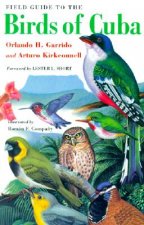
Field Guide to the Birds of Cuba
25.15 € -19 % -
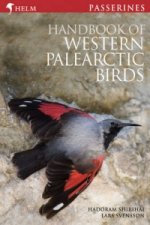
Handbook of Western Palearctic Birds
146.43 € -20 % -

Mammals of Costa Rica
25.15 € -19 % -

Bach Flower Remedies For Animals
24.84 € -13 % -

Wolves
33.63 € -5 % -
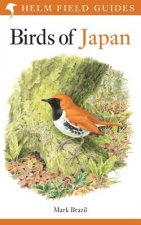
Birds of Japan
43.66 € -

Birds of Argentina and Southwest Atlantic V 1
42.43 € -1 % -

Fishes of Indiana
26.27 € -
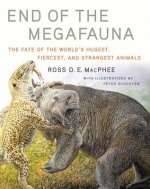
End of the Megafauna
35.58 € -2 % -
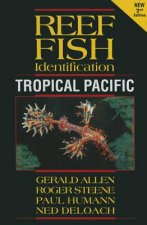
Reef Fish Identification
46.62 € -4 % -

Essentials of Clinical Anatomy of the Equine Locomotor System
87.73 € -
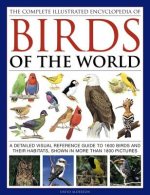
Complete Illustrated Encyclopedia of Birds of the World
21.98 € -23 % -
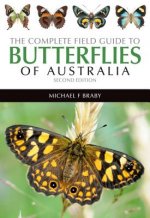
Complete Field Guide to Butterflies of Australia
46.11 € -
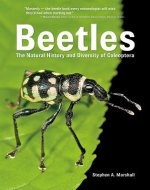
Beetles
70.55 € -23 % -
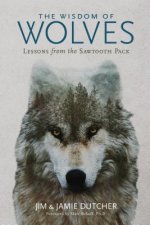
Wisdom of Wolves
23.20 € -15 % -

In The Shadow Of Man
17.89 € -3 % -
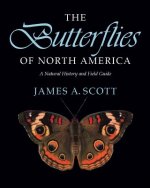
Butterflies of North America
64.72 € -2 % -
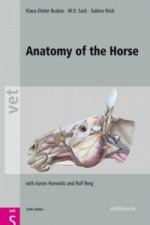
Anatomy of the Horse
99.90 € -
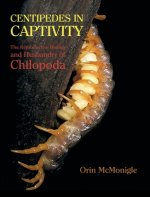
Centipedes in Captivity
71.78 € -

Nature of Horses
11.14 € -23 % -
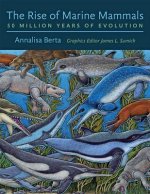
Rise of Marine Mammals
86.50 € -
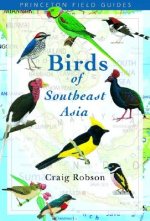
Birds of Southeast Asia
29.24 € -19 % -
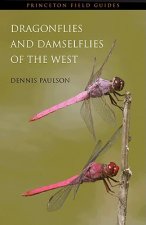
Dragonflies and Damselflies of the West
29.95 € -10 % -
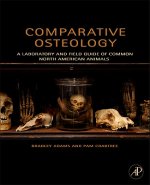
Comparative Osteology
80.68 € -
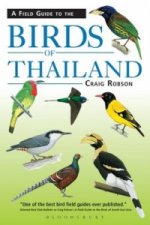
Field Guide to the Birds of Thailand
47.24 € -4 % -
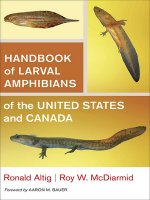
Handbook of Larval Amphibians of the United States and Canada
114.52 € -

Bumblebees
32.61 € -
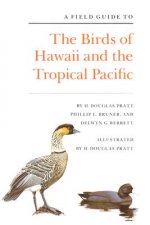
Field Guide to the Birds of Hawaii and the Tropical Pacific
53.06 € -2 % -
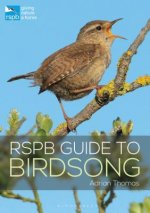
RSPB Guide to Birdsong
19.52 € -20 % -
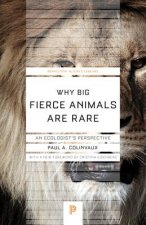
Why Big Fierce Animals Are Rare
16.35 € -19 % -

Principles of Thermal Ecology: Temperature, Energy and Life
99.49 € -
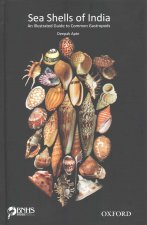
Sea Shells of India
58.89 € -

Solitary wasps
37.01 € -
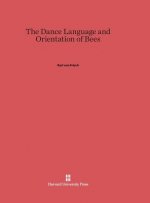
Dance Language and Orientation of Bees
85.89 € -

Prairie Dog Empire
22.28 € -3 % -
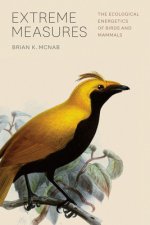
Extreme Measures - The Ecological Energetics of Birds and Mammals
59.30 € -

National Audubon Society Guide to Marine Mammals of the World
34.04 € -17 % -
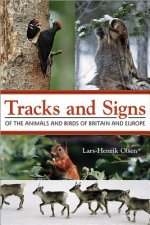
Tracks and Signs of the Animals and Birds of Britain and Europe
22.69 € -12 % -
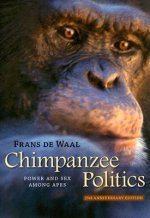
Chimpanzee Politics
37.21 € -
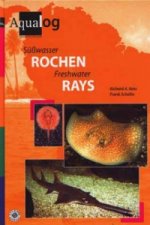
Aqualog Freshwater Rays
28.62 € -4 % -
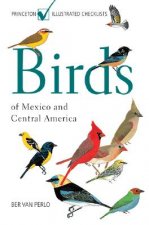
Birds of Mexico and Central America
26.89 € -18 % -
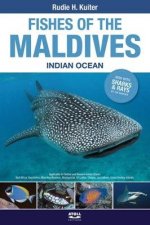
Fishes of the Maldives
55.31 € -
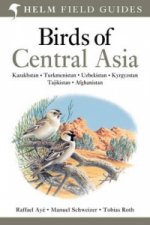
Birds of Central Asia
50.61 € -4 % -
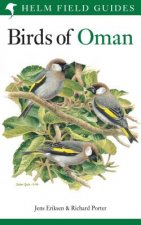
Birds of Oman
43.86 € -5 % -
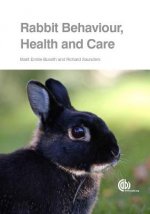
Rabbit Behaviour, Health and Care
29.75 € -5 % -
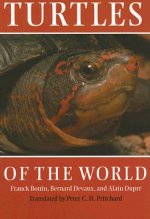
Turtles of the World
73.21 € -
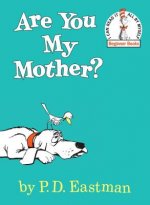
Are You My Mother?
9.50 € -17 % -
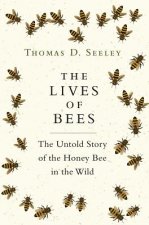
Lives of Bees
37.42 € -
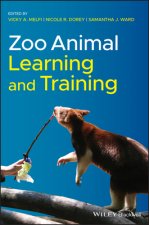
Zoo Animal Learning and Training
73.01 €
Osobný odber Bratislava a 2642 dalších
Copyright ©2008-24 najlacnejsie-knihy.sk Všetky práva vyhradenéSúkromieCookies


 21 miliónov titulov
21 miliónov titulov Vrátenie do mesiaca
Vrátenie do mesiaca 02/210 210 99 (8-15.30h)
02/210 210 99 (8-15.30h)